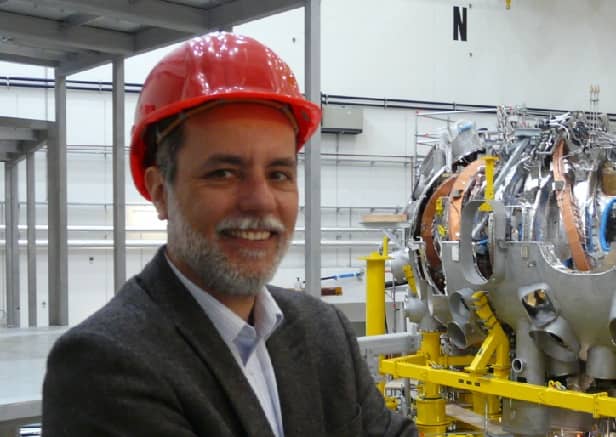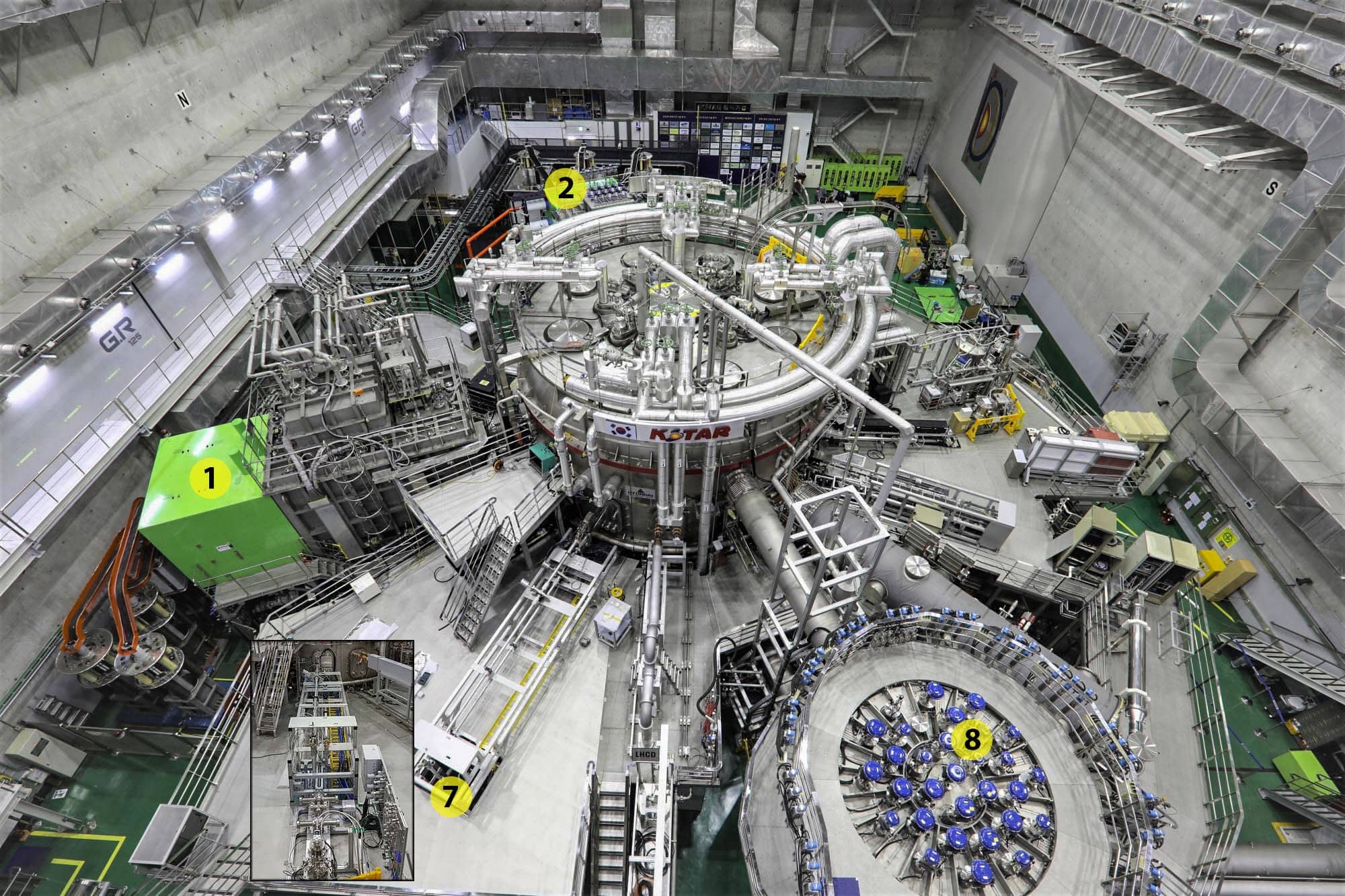Fusion, the nuclear reaction that powers the Sun and the stars, is a promising long-term option for a sustainable, non-carbon emitting global energy supply. At the Alumni Hungary Webinar in May, fusion researcher, Sándor Zoletnik discussed this highly interesting field and gave insight into the largest international fusion energy project, ITER. Read our interview with him!
You are the Head of the Fusion Plasma Physics Department at the Centre for Energy Research. What are you currently working on at the institution?
At present, I am leading a development project for ITER, where we got the task to build a Support Laboratory for the ITER Disruption Mitigation System (DMS). The other recent project is the Alkali Beam diagnostic on the Wendelstein 7-X stellarator, where my team developed a measurement technology, where we inject a fast Sodium atomic beam into the plasma and measure the light emission. My laboratory also works on many other topics in fusion engineering, video camera observation on fusion devices and other diagnostics. These are mostly within the Eurofusion collaboration, and I am leading the Hungarian activities.

Fusion energy is meant to change global energy production in the future. Is the breakthrough of fusion power can bring us limitless supplies of energy?
I strongly believe that fusion will indeed be capable of producing practically limitless energy. The question is when this will be ready on large scale, and how expensive it will be. As the cost of fusion energy will be driven by technology and not by fuel, it must become cheaper as technology develops. Think about air travel which was extremely expensive when I was a kid and now it is available for everybody.
How safe is fusion energy, and what are the main risks of fusion power?
A fusion reactor chamber will contain only a few grams of fuel at any time. Any problem with the machine would cause this material to cool down in a fraction of a second and the reaction stops. There is no energy source which would need long-term cooling like in a fission reactor. Some radioactivity will be generated by the fusion neutrons from the structure of the device, but the materials there can be designed for this. In Europe a special steel (Eurofer) was already developed for this purpose, in which radioactivity would decay to the level of coal ash in about 100 years. The highest risk of a fusion reactor will be a continuous leakage of tritium from the machine. As only a small amount of tritium is mobilizable at any time, leaks can be detected and solved before an impact on the environment. Of course, some accidents cannot be excluded in a fusion power plant, but it will be dangerous for the machine and not for the environment.

Currently, the first fusion power plants are expected to start operating in the 2050s at the earliest. Why does this process take so long? When will large-scale nuclear fusion be available?
As I showed in my presentation a fusion reactor will be extremely complex, probably the most complex device ever built. Interestingly, the problems are not only in technology but also in physics understanding. The basic processes are well known, but due to the multi-composition plasma and electromagnetic fields, we still cannot calculate this physics system reliably. We can check the theory of a fusion plasma only when the first machine starts. As machines are big, their design, budget collection, construction and experimenting lasts for decades.
Large scale fusion power will not be available before the end of the century. Even if we have the first few demonstration reactors by 2050, one needs again 2-3 decades the build the first few commercial reactors and gain experience. About 1 reactor is needed per 1 million people therefore, to make a global impact, one would need at least 1000 reactors worldwide. To construct so many, huge industrial resources will be needed, which is again time consuming. Also, after this huge reactor construction boom the industry should be scaled down, therefore it cannot be expected that 1000 reactors will appear in 1-2 decades.
Could fusion power be the solution to tackle global warming?
Unfortunately, fusion will come too late to tackle the problems in the coming decades. We would have to spare energy, which will be globally impossible due to the increasing and justified demand of developing countries. Therefore, renewable sources must be used to the extent their fluctuation can be balanced, and some carbon-free baseload electricity generation is urgently needed. I believe new fission power plants will have to be built urgently and the proposed new types (Generation IV) developed as fast as possible. These offer the possibility to reduce the amount of nuclear waste and use uranium or other fissile materials more economically. At present there is no agreement on this development in the European Union which I regret. We are losing time.
